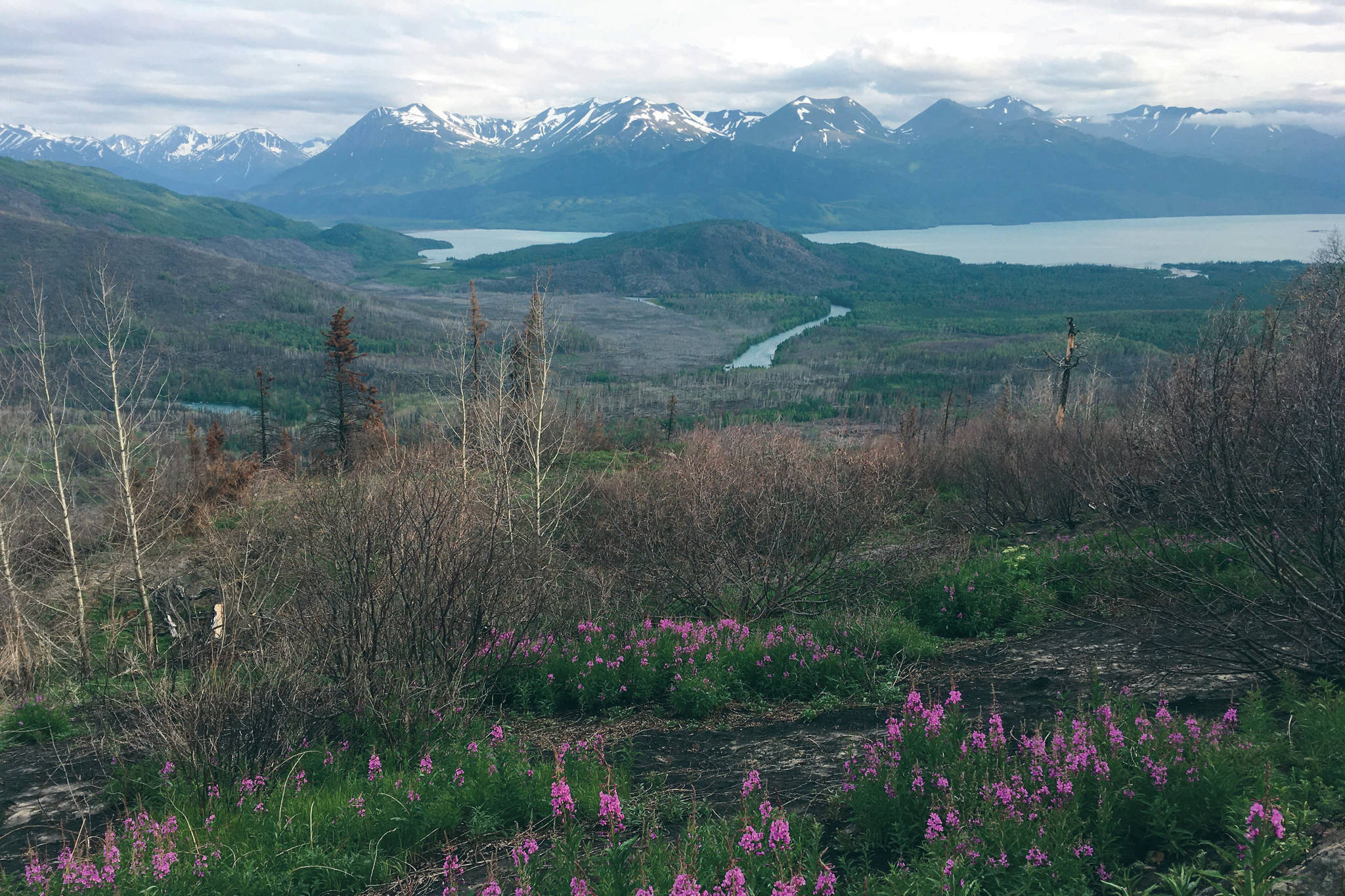I have a friend who likes to burn her life down every six years — new job, new state, new everything.
As someone who has been at the Clarion for a little over 22 years, I’ve never understood the desire for a life reboot. I’ve molded my life around living here.
I own a NordicTrack classic ski machine, but haven’t used it in over six years because a mix of skis, roller skis, ice skates, Kahtoola MICROspikes, jackets, hats, gloves and knowledge of how all the trails behave in varying weather conditions means I can get outside and enjoy it no matter the time of the year and conditions.
What good would all that stuff do me if I moved to Florida?
My philosophy on life was backed up last summer by the Swan Lake Fire. That wildfire burned almost 168,000 acres — threatening the residents of Cooper Landing, costing nearly $49 million to suppress and hampering businesses across the peninsula.
On a much more minor note, it laid waste to some of my favorite places, such as Skyline Trail, Hideout Trail and Kenai River Trail.
Not a good argument for burning it all down.
Then came this summer.
There were enough morel mushrooms in the burned area for anyone who wanted them, while hunters talked optimistically of a future with more game. Then fireweed bloomed among the blackened trees and now fall colors are doing the same — each new additions to nature’s endless ability to mix colors in a way that soothes the soul like nothing else.
The trails also opened back up, with the headliner being Skyline on June 26.
Ignorant and impatient, I had not been happy it took the Kenai National Wildlife Refuge so long to reopen the trail.
That changed the first time I hiked it. The refuge trail crew had taken the time to do a few reroutes where fire had absolutely destroyed the old trail. In one such area, impressive rockwork had taken a section of trail that used to be troublesome before the fire and improved it with a few switchbacks that let the hiker easily navigate the steep slope.
With all the brush and vegetation burned out, new views abounded. Vegetation rapidly covered the forest floor. Trees that survived the fire sprouted leaves as if nothing had happened. These changes brought hope. There was life, there was regeneration, after the flames.
And that’s when I thought of my friend.
In “The Brain That Changes Itself,” author Norman Doidge talks about the “plastic paradox” that is the human brain. Our brains have the remarkable ability for change and learning — or plasticity — but they also are adept at using a well-established pathway for preventing change.
Changing the brain takes energy. The brain evolved in a world where energy was limited. The evolutionary game was gathering enough energy to survive and propagate the species.
That is no longer the world in which many humans live.
The march of civilization has created enough energy that if my friend wants to burn it all down in order to get a different view of the mountain, or slightly change a few sections of the trail up the mountain, or eat lots of morels, or see pink fireweed hard set against charred trees, my friend is free to do so.
And so my friend burns it all down. Times are tough for a year or so, but there is life after the flames.
I’m jealous of my friend.
As for me? I’m not ready to burn my life down just yet, but I will continue to enjoy walking in the wake of fire. With Kahtoolas, snowshoes, metal-edged backcountry skis. Whatever it takes.

